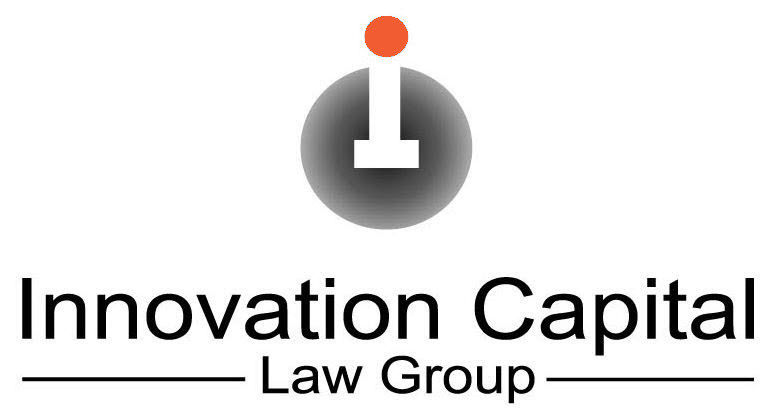When is it OK to refer to someone else’s trademark?
Trademark law allows for third parties to refer to use terms in certain situations without committing trademark infringement. Known as nominative fair use, the overall guiding principle is that unauthorized usage of a trademark owned by someone else may be permissible if done in a way that would not create a likelihood of confusion or a false sense of affiliation, connection or association with the trademark owner. Fair use of a trademark must avoid giving the impression of sponsorship by the trademark owner.
Another potential fair use defense is when a term is being used in a descriptive manner, namely, to describe qualities of goods or services. This type of usage is known as descriptive fair use.
Need to know if you have a fair use defense? Contact US patent and trademark attorney Vic Lin at (949) 223-9623 or email vlin@icaplaw.com to explore how we can help.
What are examples of nominative fair use that refer to other trademarks?
When can you refer to someone else’s mark without infringing their trademark rights? Here are some examples of nominative fair use when it may be permissible to refer to another’s trademark.
News reporting and commentary
Referring to another’s trademark may be allowable in reporting a news story or expressing a commentary. This descriptive use of a mark is obviously not being used in the context of selling a product. The principle at work here is that there is no other practical way to identify the product other than to use the trademark.
Product reviews
The same principle applies to product reviews where it’s impracticable or impossible to review a specific product or service without mentioning the brand name.
Parodies and Gripe Sites
Similarly, consumers encountering a parody would not be confused into thinking that there was any kind of affiliation or sponsorship of the content of the parody. In reality, folks enjoying either a good parody or a gripe site would likely think the opposite to be true – i.e., that the trademark owner had nothing to do with the joke or criticism.
Compatibility statements and comparative advertising
It’s a bit trickier to determine whether it’s safe to state that a component is compatible with a product or to compare your products to others. The risk of legal problems obviously increases whenever you tout the superiority of your product over those of a competitor. Here are some safeguards to consider:
- Place TM symbol or circle R symbol (if registered) next to the mark with a footnote or disclaimer clearly stating that said mark is a [registered] trademark of Company A.
- Stick to factual claims that can be backed up by legitimate test data or evidence.
- Avoid any words or statements that might imply endorsement of the trademark owner. For example, stay away from words such as “recommended,” “preferred,” “approved,” “presents,” etc.
- Keep the content informational and truthful. Avoid discrediting or attacking your competitors.
Trademark Fair Use: Replacement Parts, Aftermarket Products, Refurbished Goods, Resellers, Distributors
Here are examples of fair use in the resale, aftermarket, distribution and repair industries:
- Referring to a manufacturer’s trademark in providing repair services with clear indications that the repair service is independent and not authorized by the trademark owner
- Referring to the compatibility of a component with a particular branded product
- Replacement parts for a branded product may refer to the trademark
What is descriptive fair use?
Also known as classic fair use, it may be reasonable for a company to use a term to describe a characteristic of their product without infringing someone else’s trademark. Keep in mind that the purpose of a trademark is to indicate the source of particulular goods or services.
When a term is being used to describe a quality of a product, it would be reasonable to argue that the descriptive term is not being used to indicate the source of that product. The argument, therefore, is that there should be no likelihood of confusion.
For example, the use of geographical terms might be fair game when the products or services originate from that location. Describing the ingredients of a product using generic terms might be allowed. Making a factual statement or presenting a message might be OK, but every situation will depend upon the specific circumstances.
What would be safer to say or use?
Here are some general guidelines to facilitate fair use and reduce potential liability for trademark infringement:
- Stick to word marks and avoid using logos and distinctive designs/fonts. New Kids on the Bock v. News America Publishing, Inc., 971 F.2d 302 (9th Cir. 1992)
- Referring to a manufacturer’s trademark in providing repair services.
- Keep references to the other trademark to a bare minimum. Cite the mark only as much as necessary to convey a legitimate point.
- Place your own trademark on the product (assuming your trademark is not confusingly similar to the other side’s trademark).
What are examples that are not fair use?
Here are examples of trademark usage that most likely would not be considered fair use:
- Placing another’s trademark directly on the product itself [Ford Motor Co. v. Lloyd Design Corp., 184 F.Supp. 2d 655 (E.D. Mich. 2002)]
- Using product images that show protectable trade dress
- Abundant use of the trademark beyond what is minimally necessary
- Inaccurate or false statements


